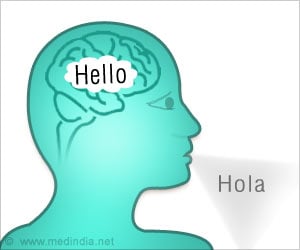One in 3000 people are born with a corpus callosum malformation that can impact social and language skills, vision and hearing, as well as physical coordination.

“National Corpus Callosum Awareness Day is about appreciating how extraordinary this part of the brain really is. In the middle of the brain around two hundred million nerves intersect, and in most cases wire the hemispheres correctly, which if you step back and think about, is quite amazing. Unfortunately the process does go wrong, and around one in 3000 people are born with a corpus callosum malformation, which can impact social, and language skills, vision and hearing, as well as physical coordination,” said Richards.
The awareness is the brainchild of Australian Disorders of the Corpus Callosum (AusDoCC), an organization that offers support and information to family members with a disorder of the corpus callosum.
Corpus callosum disorder can be very debilitating, affecting people with the condition.
Maree Maxfield, AusDoCC secretary, said, “Due to improved imaging techniques, a disorder of the corpus callosum may now be discovered in utero, so the condition is being diagnosed much earlier. Being rare, there has previously been very little awareness or information and it can be a shock for a new parent to be told their baby will be missing a large brain structure.”
The awareness day is observed on July 2 for sufferers of corpus callosum conditions. “Symbolically, like the corpus callosum’s position in the brain, July 2 is the middle day of the year,” said Maxfield.
Advertisement













